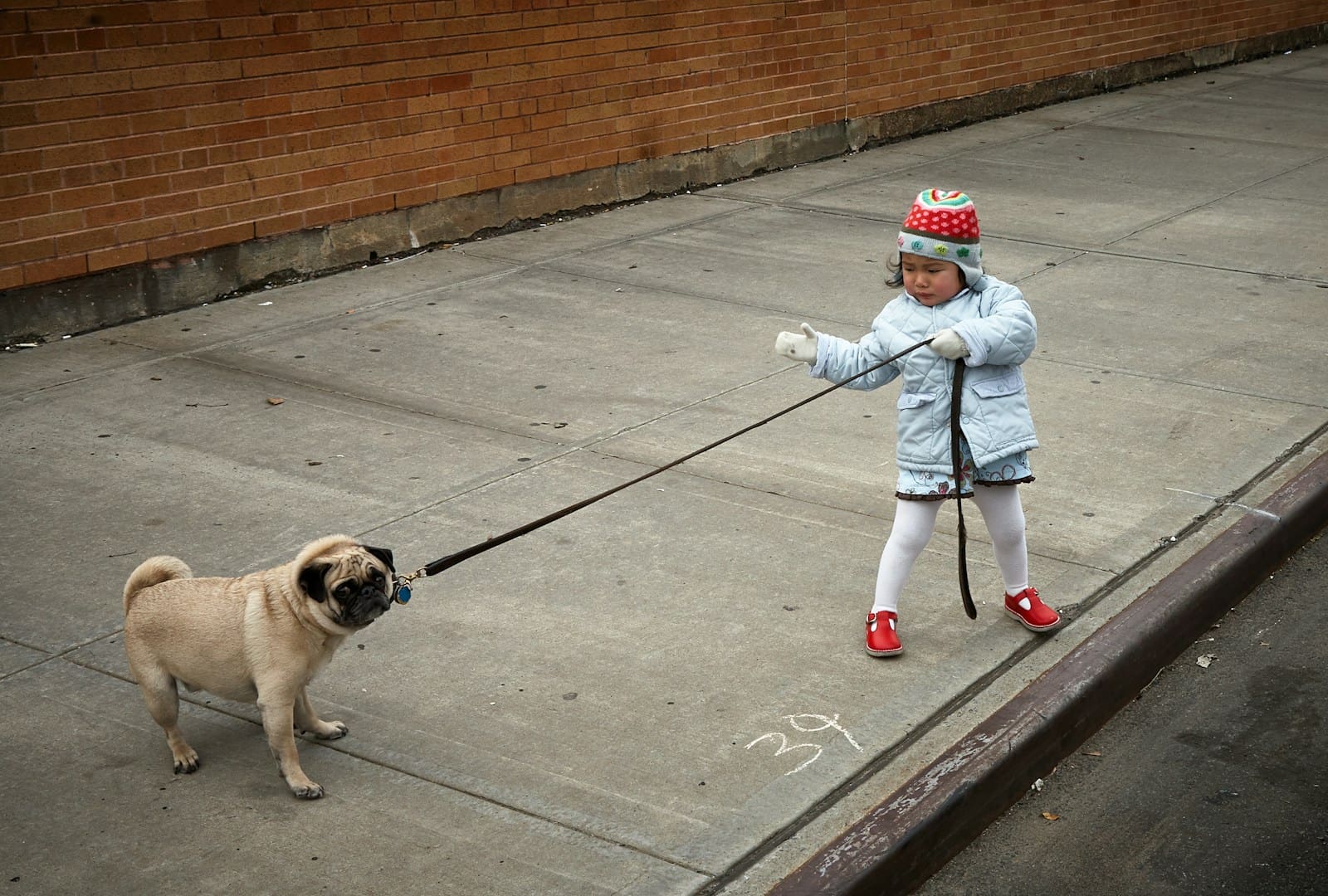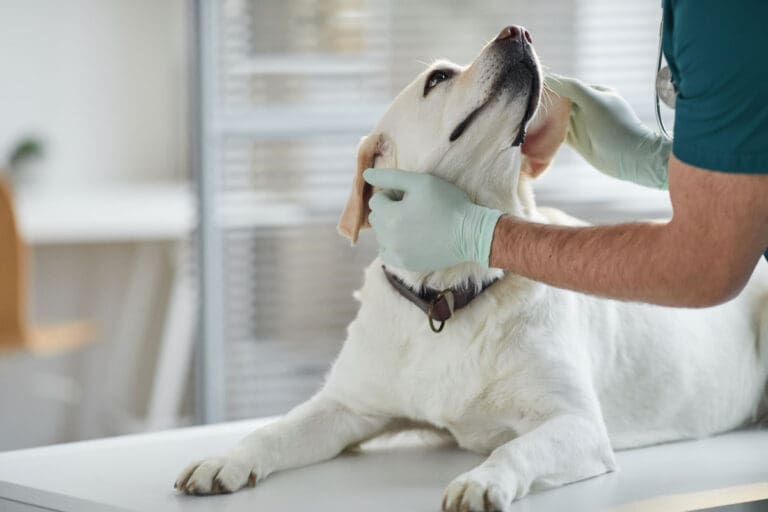Walking the dog is a great way for kids to learn responsibility and enjoy time outdoors. But before they clip on the leash and head out solo, there are some important rules every child should know. These rules keep both the child and the dog safe, while making the walk more enjoyable for everyone.
Whether your child is eager to help out or you’re slowly giving them more freedom, setting expectations ahead of time is key. Here are ten essential guidelines every kid should understand before taking the dog for a solo stroll.
1. Always Use a Leash and Collar That Fit
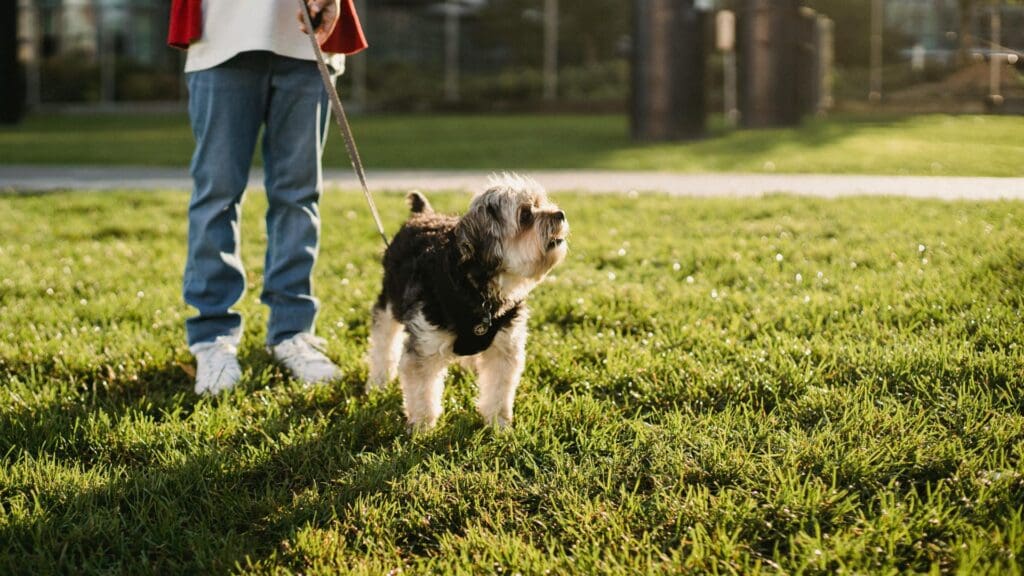
The leash is your first line of control during a walk. Kids should only use a sturdy, non-retractable leash and a properly fitted collar or harness. Loose collars can slip off, and flimsy leashes can snap under pressure.
Make sure your child knows how to clip the leash on securely and check that it’s snug but not too tight. If your dog tends to pull or lunge, a harness might be a safer option for both the child and the pet.
2. Stick to Familiar Routes
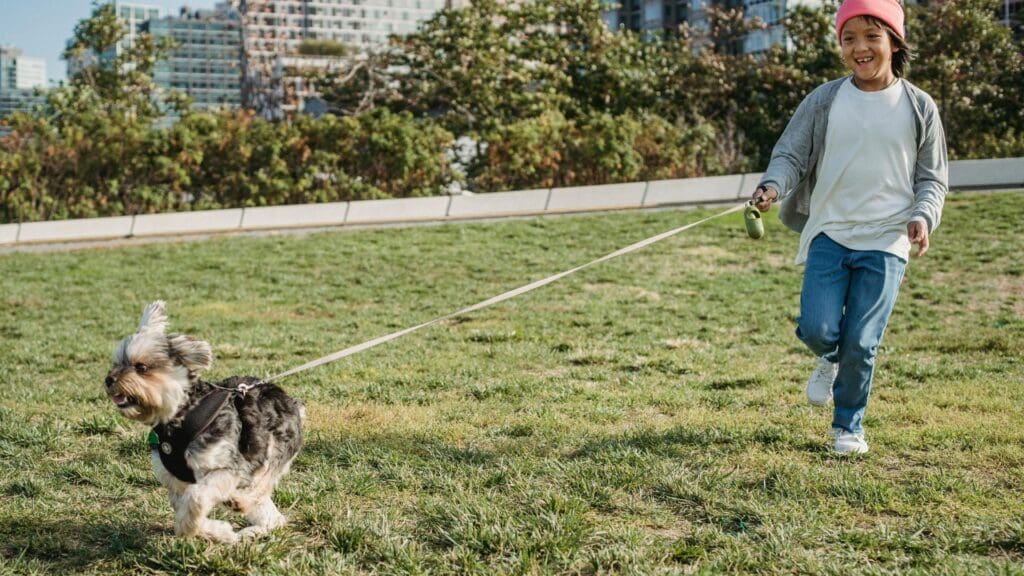
It’s best for kids to walk dogs on routes they know well. Familiar paths mean fewer surprises and less stress. Your child should avoid taking detours or exploring new areas without an adult.
Keeping to the same route also helps dogs stay calm. They recognize the smells, sights, and sounds, making the walk smoother. Plus, in case of emergency, it’s easier for parents to find them if they know where their child is headed.
3. Leave the Phone at Home (or in a Pocket)
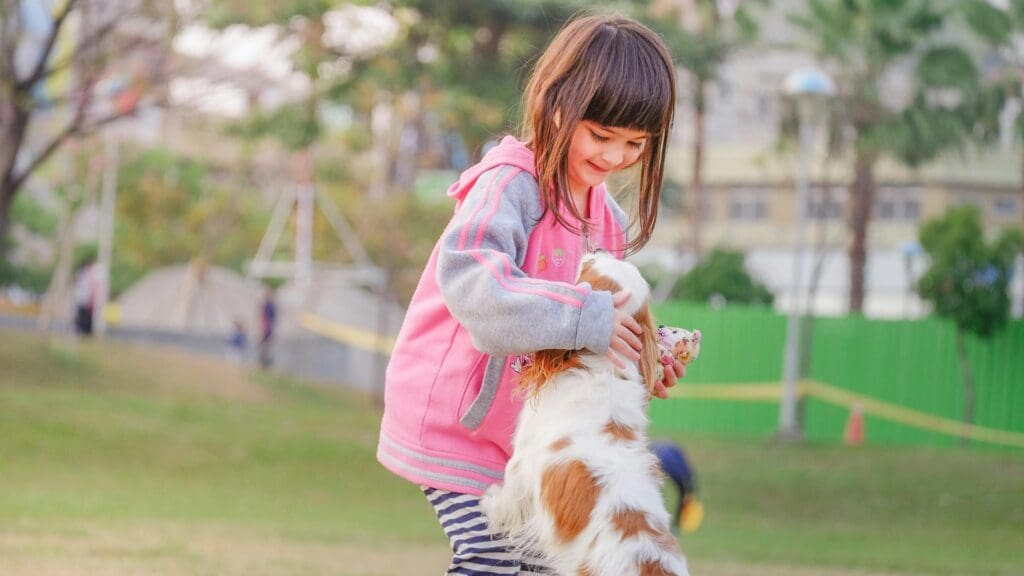
Distractions can lead to accidents. A phone in hand may cause a child to miss traffic signals, approaching dogs, or sudden movements from their own pet. It’s safer to stay alert and keep both hands free.
If your child does carry a phone for emergencies, teach them not to use it unless absolutely necessary. The focus should always stay on their dog and their surroundings.
4. Watch for Other Dogs
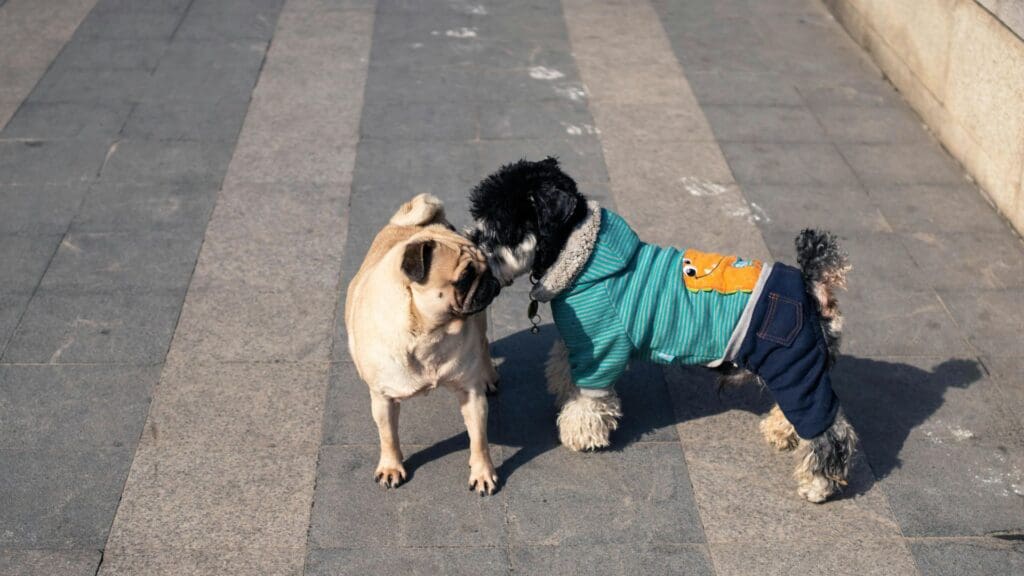
Other dogs can be unpredictable, especially when leashed. Teach your child not to approach unfamiliar dogs, even if they seem friendly. Not all pets are comfortable around others, and some may react aggressively.
If another dog approaches, your child should stay calm, shorten the leash, and move to the side of the path. Avoid eye contact with the other dog and never try to pet or interact without the owner’s clear permission.
5. Pick Up After Your Dog
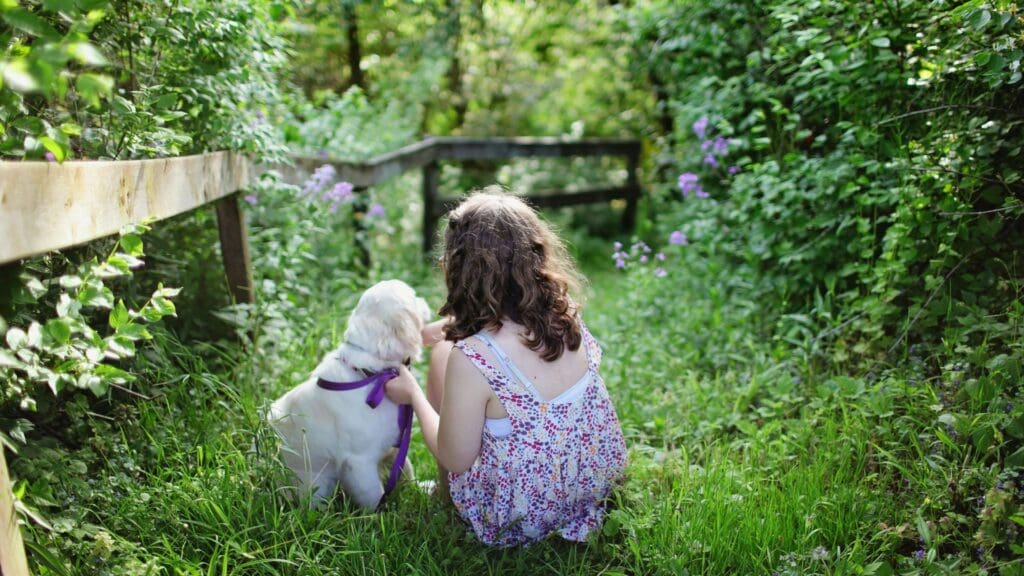
This rule is non-negotiable. Picking up after your pet keeps public spaces clean and prevents the spread of disease. It’s a basic sign of respect to your neighbors and other pet owners.
Make sure your child knows to bring bags and how to properly dispose of waste. Practice this together a few times so they’re comfortable and responsible when the time comes.
6. Don’t Let the Dog Eat Anything Off the Ground
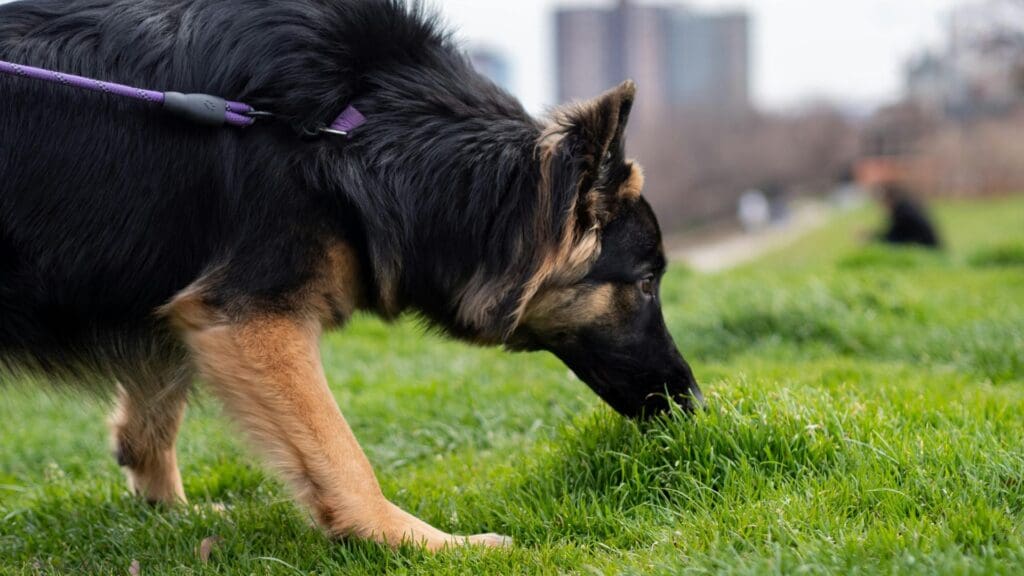
Kids need to understand that not everything on the sidewalk is safe. Trash, leftover food, or even certain plants can make dogs sick. Your child should learn how to gently but firmly pull the dog away from anything suspicious.
Teach them to say “leave it” and reward the dog when they listen. This command could prevent a serious health issue and make them feel more in control during walks.
7. Know Basic Dog Body Language
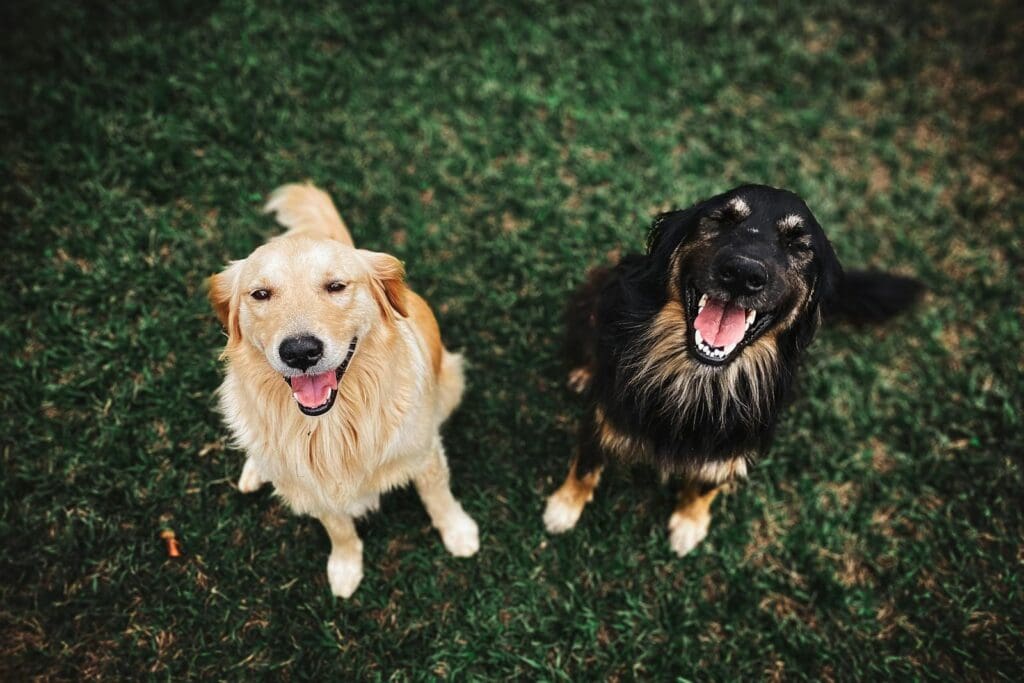
Understanding when a dog is nervous, excited, or agitated can help prevent problems. Teach your child to look for signs like a tucked tail, raised hackles, or growling. If their dog seems uncomfortable, it might be time to head home.
Learning to “read” their dog builds confidence and creates a safer experience. It also deepens the bond between the child and their pet.
8. Stay Visible and Safe Around Roads
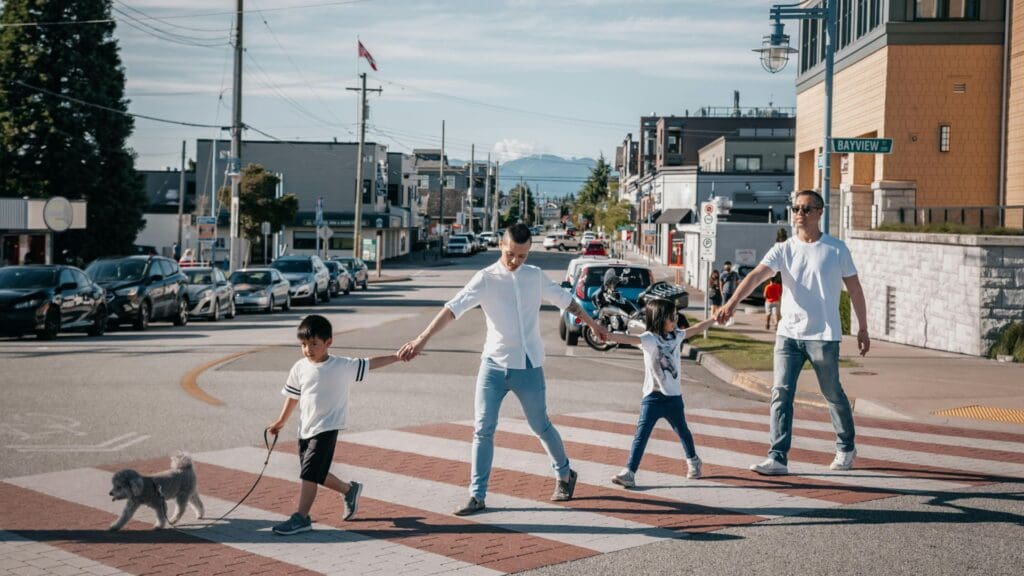
Crossing streets safely is a major concern. Kids should always use sidewalks, crosswalks, and follow traffic signals. If your dog is large or excitable, it’s even more important to stay in control.
Reflective gear for both the child and dog is smart if they’ll be out near dusk. Staying visible helps drivers see them and reduces risk, especially in busy neighborhoods.
Read More: Which Dog Breed is Right for Your Family’s Lifestyle?
9. Know What to Do in an Emergency
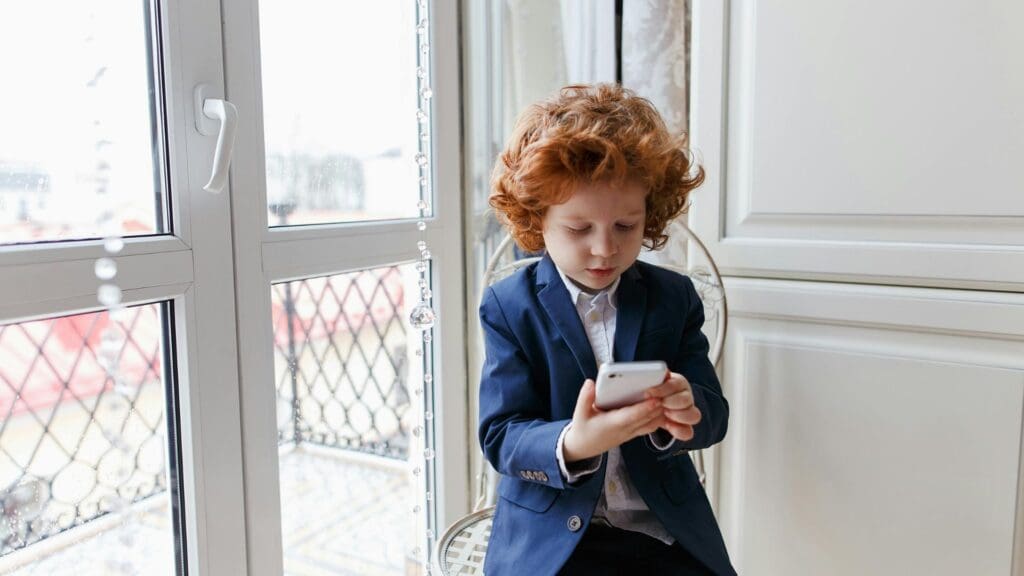
Things don’t always go as planned. If the dog gets loose, is injured, or something scary happens, your child needs a plan. Go over scenarios and explain when to call home, a neighbor, or emergency services.
Make sure they know your phone number by heart and have an idea of where to go if they need help nearby. Confidence comes from preparation.
Read More: The 10 Worst Dogs for Kids
10. If It Feels Wrong, Come Home
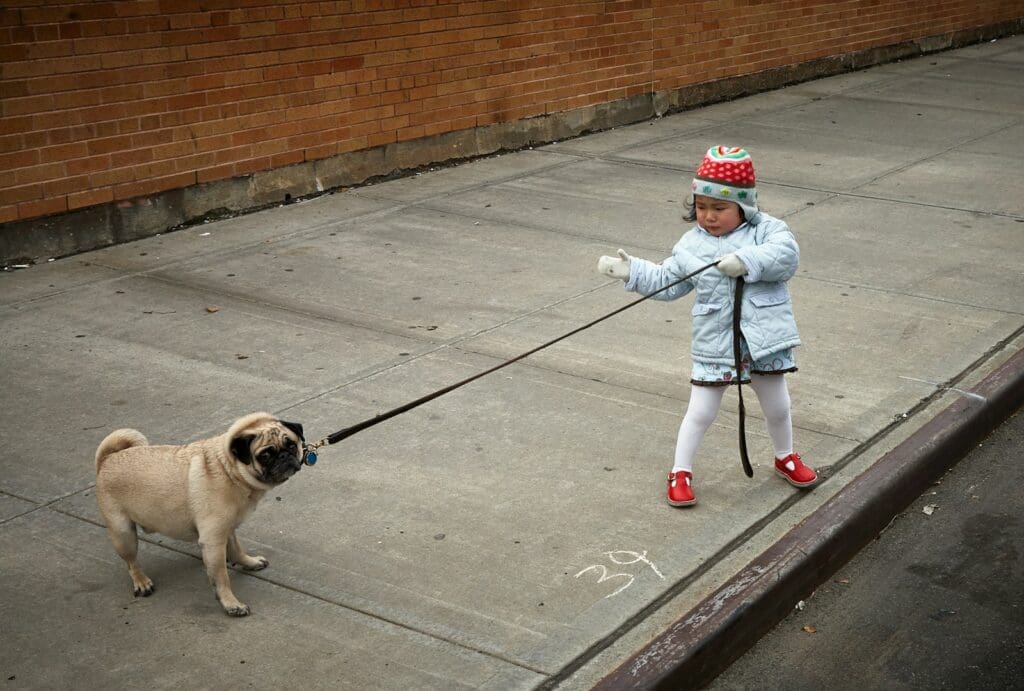
Sometimes instincts are the best guide. If something feels off—whether it’s a strange person, an aggressive animal, or even bad weather—your child should feel empowered to come home right away.
Trust is important. Make sure they know that cutting a walk short is okay if they ever feel unsafe. That simple decision could prevent bigger problems.
Walking the dog alone can be a great step toward independence for a child. With the right guidance and a little practice, it can be safe, fun, and rewarding for both the kid and the pup.
Read More: Tips for Leash Training Your New Pup

